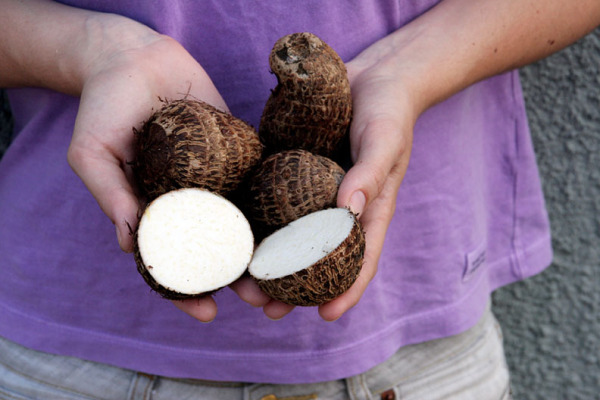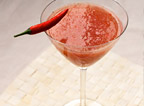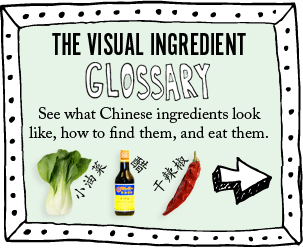Wednesday
Jul152009
ingredient stalker: what is taro?

Selecting taro: choose firm taro roots that do not show signs of mold or have shriveled skins.
I really missed eating dairy my first year living in China. I love cheese, yogurt, milk, and ice cream, but there aren't many dairy foods in the Chinese diet. I eventually found a man who would deliver yogurt to my apartment door every other day from an icebox on the back of his tricycle. I also discovered a corner store that sold Nestle ice cream bars. The ice cream bars came in two flavors: chocolate-vanilla and lavender colored "ube." I assumed ube was grape flavored because of its purple color but it actually tasted something like roasted hazelnuts. I had no idea what ube was but I was hooked. These little ice cream bars were a contributing factor to the 20 lbs I packed on that year. I found out later that ube is a tuber very similar to taro. Taro is a common flavoring in foods in China.
Taro, 芋头 (yu tou), is a leafy tropical plant with underground root-like tubers. It's poisonous if its large leaves or tubers are eaten raw. I think they should put a warning sign or a sticker on taro at the market... "this can kill you. Cook first!" If cooked, taro is actually really nutritious (iron, potassium, vitamin C). Its tubers look like miniature coconuts or hairy sweet potatoes. In China, taro is a common ice cream flavor (it's as addictive as chocolate ice cream in my book, I love it), there's also taro bubble tea, taro ice cream, popular taro root cakes during Chinese New Year, McDonalds sells a taro flavored pie, and taro tubers are incorporated into many other traditional dishes.
We're cooking fried sugared taro tonight.
-Nate
Categories:  ingredient stalker,
ingredient stalker,  vegetables
vegetables
 ingredient stalker,
ingredient stalker,  vegetables
vegetables 








Reader Comments (3)